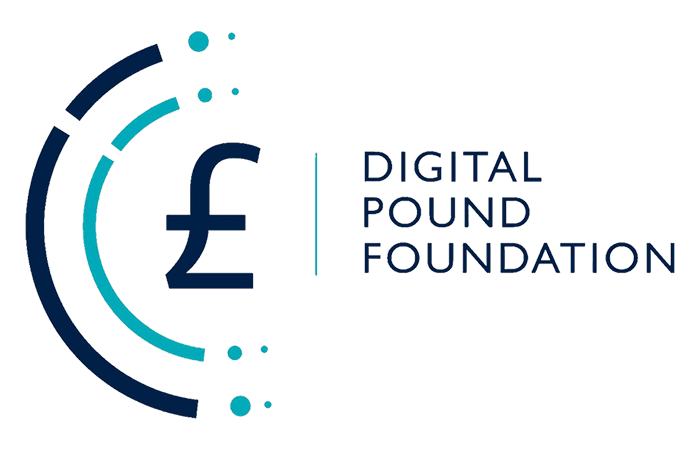Source: OMFIF, written by Neha Narula, Tadge Dryja, Muhammad Saad, Adam Oest and Sarah Xu
Central bank digital currencies potentially offer, in a digital form, the advantages of central bank money: settlement finality, liquidity and integrity. However, both offline and online commerce are susceptible to fraud and other kinds of disagreements. The existing techniques for managing fraud and disputes focus on giving users easy access to chargebacks, which relies on intermediaries to resolve disputes. Potential designs for CBDC may involve intermediaries in new and different ways, or may not use intermediaries at all, calling into question how to address fraud if CBDCs become widely used.
Commercial activities must deal with many types of financial fraud, including the theft of account credentials leading to fraudulent payments, customers trying to get payments returned despite receiving their purchased goods and merchants failing to properly deliver goods or services. Organisations dedicate significant resources to identify, measure and determine ways to reduce fraud within their ecosystem. Card payments, the current most popular form of payment, have intermediaries and may include the cardholder, merchant, bank that issued the debit or credit card to the customer, acquirer or merchant’s bank, payments processing platform and card network.
Chargebacks are at the centre of a complex process which has evolved to deal with some types of fraud on card networks. A chargeback is the reversal of a debit or credit card transaction by the cardholder’s bank after they dispute a charge on their account. When a cardholder disputes a charge, they can file either with their bank or the payment processing platform. The issuing bank reviews the transaction and, if it determines the dispute is valid, provides a provisional credit to the customer’s account while the claim is resolved. The issuing bank, acquiring bank, payment processing platform and sometimes card network together decide who is responsible for the payment. For card payments, though, it is usually the acquiring bank or the payment processing platform that is responsible for obtaining the money from the merchant. These organisations determine what risk level of merchants they are willing to support.
To ensure smooth communication and consistency in handling chargebacks across a vast number of players, card networks set the governance and standards for the chargeback process. Chargebacks are distinct from merchant refunds because they occur at the level of the payment rails and involve merchants who may be unwilling or unable to consent to the refund. Not all payment rails have chargebacks: cash, for example, does not.
CBDCs offer an opportunity to rethink how to handle fraudulent transactions. Much depends on a CBDC’s underlying design and what role the CBDC operator wants to take in settling disputes. There are several questions that must be asked. Does the CBDC operator provide settlement finality or does it provide a mechanism to reverse transactions or automatically apply compensating transactions? If so, how are disputes in this mechanism handled? Do the customer and merchant use intermediaries or are they interacting directly with the CBDC operator? If they use intermediaries, what services do those intermediaries provide?
Settling disputes between merchants and their customers does not fall within most central bank mandates. Central banks are unlikely to engage in fine-grained questions of transaction reversal. In fact, doing so eliminates one of the most cited benefits of CBDC: settlement finality. While it is possible for a central bank to take on the role of dispute resolver, most will not choose to.
In a CBDC model that relies on intermediaries to custody and manage payments, chargebacks could continue to work much as they do today. ENaira and eYuan users must have accounts with commercial banks to use the CBDC. If both the customer and merchant use intermediaries to transact, then even if the CBDC settlement layer does not provide chargebacks, intermediaries could deal with chargebacks and disputes much as today, essentially by requiring one or more of the intermediaries to underwrite the chargeback risk and create a business model around it, eventually applying compensating transactions. Given the possibility of new infrastructure surrounding CBDC, such as data provenance, the exact chargeback flow may need to be adjusted to fit this new design.
In a different model for CBDC, where users can hold CBDC directly without an intermediary (similar to cash), the customer would not have an intermediary or a card provider network to rely on to initiate chargebacks. In this case, one can consider other methods to deter fraud, like securing customer payment credentials carefully. With CBDC, the merchant would not need to store any sensitive customer payment credentials. So even if the merchant gets hacked, the customer’s information is protected. Other methods, such as using merchant or customer reviews and reputation systems, can also encourage participants to behave well. Merchants could still offer refunds, of course.
CBDCs also present new opportunities for handling disputes and fraud. Appropriately licensed private sector actors could provide insurance that customers can purchase (much like travel insurance) in case they are unhappy with their purchase and wish for a refund outside of what merchants provide. These are services customers get with credit cards today. Merchants can also purchase protection for chargebacks, like programmes offered by some payment processors or fraud management service providers.
Third-party service providers who just do fair dispute resolution may arise. A CBDC payment transaction could be written in a way so the payment is time locked for a certain period and involves credentials for a mutually-chosen third party negotiator who can change how the funds are directed. If a dispute is filed before the dispute period has expired, the negotiator steps in to determine if the payment should go through or not. This would all be automatic due to the potentially programmable nature of CBDCs.
CBDCs may be an opportunity to separate several currently bundled services and change the economics of how merchants and consumers pay for them.
Tadge Dryja is former Researcher at MIT Digital Currency Initiative and is now at Lightspark. Adam Oest is Manager, Advanced Threat Group at PayPal. Neha Narula is Director of the MIT Digital Currency Initiative. Muhammad Saad is Senior Research Scientist and Sarah Xu is Senior Manager, Blockchain, Crypto and Digital Currencies at PayPal.
The authors wish to thank Michael Chan, former engineering director, blockchain, crypto and digital currencies at PayPal, for his reviews and comments on this article.
























































